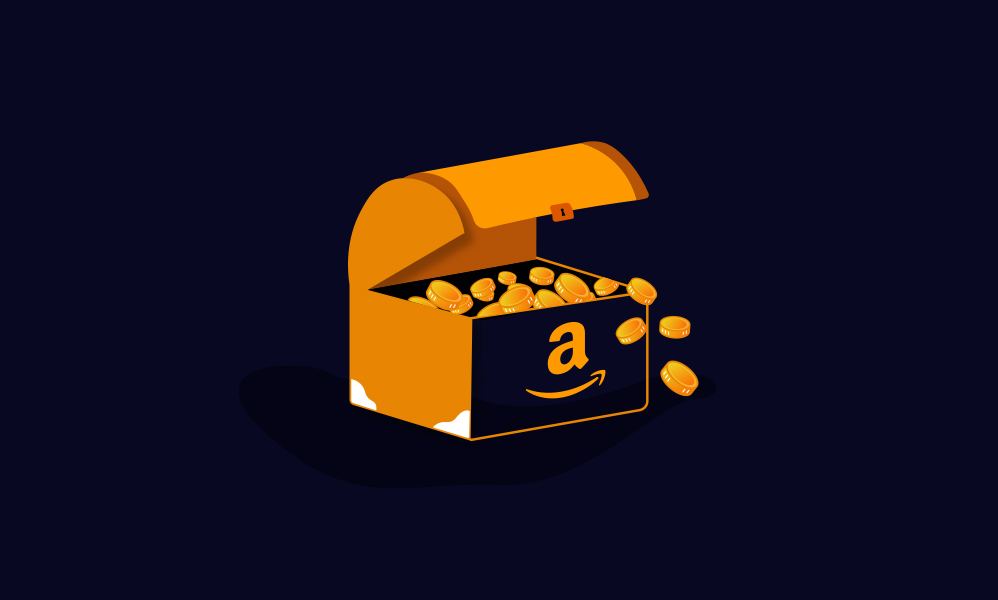On Prime Day, Amazon is prioritizing exclusive products and first-party vendors

For Amazon brands and sellers looking to capitalize on this year’s 48-hour Prime Day sale, preparation had to start months in advance.
There are strategies for ensuring better performance on Prime Day, but most importantly, sellers will have had to have spent the past several months pruning their product listing for high performance and putting ad spend behind their brands and products in order to appear higher in search results. Promotion alone isn’t enough: Proper keywords, product listing content, positive reviews, high click-through conversions and low return rates will all contribute to a brands’ performance on Prime Day.
Amazon’s algorithms always favor high sell-through rates, consistent ad spend and low returns, but Prime Day sees the peak of those algorithmic preferences as Amazon is expected to bring in $6.1 billion in sales on July 15 and 16, according to marketing platform IgnitionOne. That increase in customer sales and traffic means that Amazon’s ability to both boost and diminish a brand’s performance will be on clear display. And this year, more than in years’ past, Amazon is pushing both first-party sales and exclusive products.
“Prime Day is not a single moment in time. It’s about preparation — what have you done in anticipation to this day, to get the consumer volume coming to the site work in your favor,” said Zachary Weinberg, director at Gartner L2. That includes building up positive reviews, responding quickly to customer complaints or questions and using content to drive conversions. “Prime Day is an always-on mentality. You have to keep everything at 100%.”
Putting that type of investment into an Amazon business can lead to opportunities other sellers aren’t getting. Alex Song, the founder of The Innovation Department, which builds and launches consumer brands on Amazon, said that in March of this year, one of The Innovation Department’s brands, a line of supplements called WellPath, was invited to be part of the emerging brands group, Amazon’s dedicated group for growing startup brands on that platform. Not long after WellPath joined the program, the brand’s Amazon rep coached them through the process of applying to launch an exclusive line of apple cider vinegar gummies on Prime Day. This year, Amazon has put more emphasis on exclusive products: Last year, it launched 50 new products on Prime Day that were featured on the homepage, and this year that number doubled, the most notable being Lady Gaga’s Haus Laboratories beauty line.
Ad position: web_incontent_pos1
“We’ve had to earn our stripes as part of showing we could deliver volume for high quality, branded products,” said Song. “The next stage is more opportunities across the platform.” Song said that the company was beginning to work with Amazon to launch an exclusive brand later this year.
It’s a Prime Day strategy that reflects Amazon’s overall shifting priorities.
“Over the past year, Amazon’s strategy has shifted from making and owning brands themselves to building exclusive relationships with brands,” said Juozas Kaziukenas, the founder and CEO of Marketplace Pulse in a recent interview. “As Amazon continues to expand this effort, they’re not looking to be seen as a company who continuously launches product and competes with brands on its own platform. It creates an environment where brands who want to work with Amazon get advantages on the platform.”
Ad position: web_incontent_pos2
Exclusive launches also help Amazon to protect itself from losing ground to the 250-plus retailers who launched competitive sales in the same window as Prime Day, by offering items that can’t be found elsewhere. Even Amazon has to protect its moat.
“Amazon is beefing up everything around Prime Day, and now we’re seeing a big emphasis on brand launches for the first time,” said Weinberg. “Prime Day launches are a unique way to determine future Amazon exclusive brands, demonstrate a willingness to work together and kickstart that brand’s customer on Amazon.”
Overall, brands that sell in Amazon’s first-party marketplace have a Prime Day advantage, according to Weinberg. Amazon has control over inventory, and can therefore promote products accordingly.
“There’s an advantage there, because first-party vendors benefit more from Amazon’s customer insights and receive more exposure on Prime Day,” said Weinberg.
For everyone else, brands that can win on strategy have figured out ways to growth-hack the marketplace and make the algorithm work in their favor. Beyond pay-to-play means around sponsored brand and product listings in search results, brands are competing on their use of content, reviews and repeat purchases to increase sales. While Amazon isn’t known to share much customer data with sellers, it’s recently increased the information it gives to brands, meaning the ability to understand what to do with that data is a competitive advantage as well. In Facebook Groups for Amazon sellers, many participants reported seeing a sales increase on Prime Day over last year.
“The tool sets that Amazon are now providing are much better than they’ve ever been, so there are opportunities for brands of all sizes to compete on a level playing field,” said Dan Brownsher, the founder of the consulting agency ChannelKey, which specializes in Amazon strategy. “But it’s becoming more complex to perform on the platform, particularly during an event like Prime Day. It used to be set it and forget it. Now you have to do everything right, and have to leverage all of Amazon’s tool sets that it’s rolling out at a high level.”
